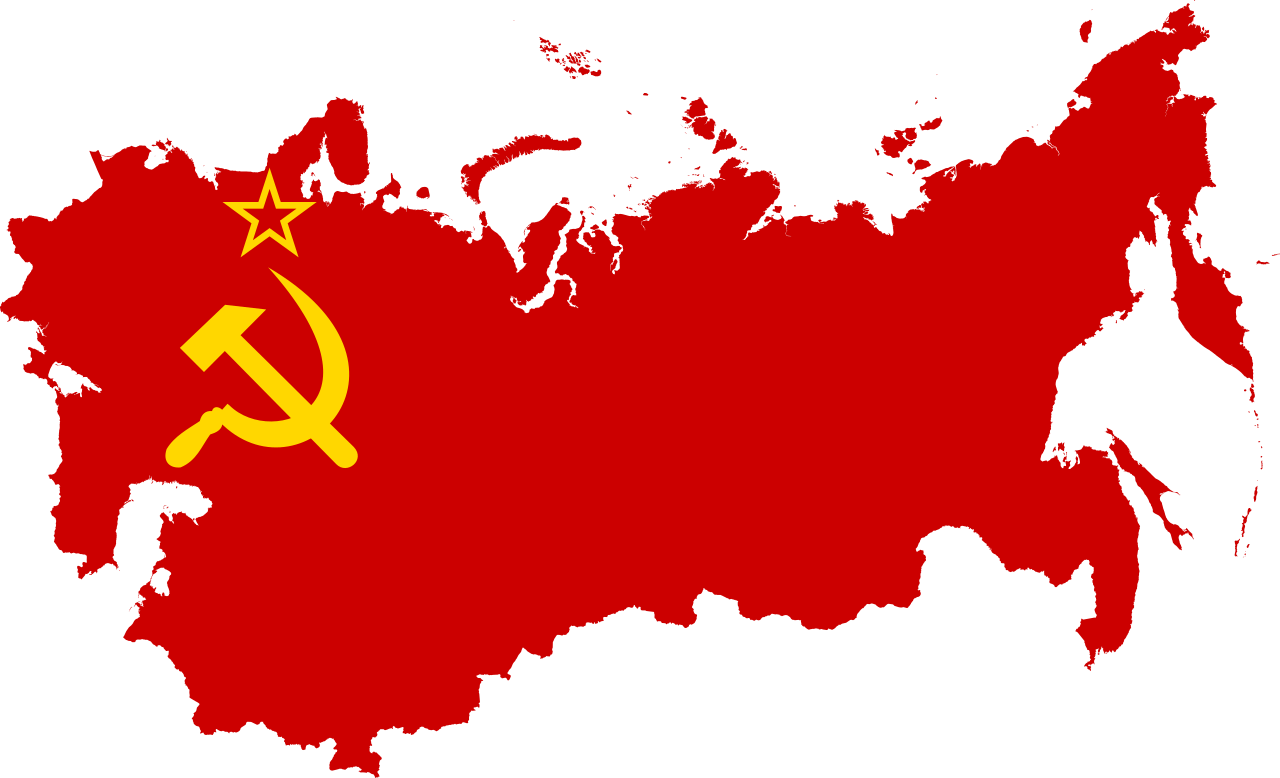The Soviet Union was an unprecedented social and political experiment that shaped the 20th century in myriad ways. Let's delve into a brief overview of its history, legacy, and impact on the world.
The Rise and Fall of the Soviet Union: A Monumental Chapter in History
The Soviet Union, formally known as the Union of Soviet Socialist Republics (USSR), emerged in the wake of the Russian Revolution of 1917. This revolutionary transformation, led by the Bolsheviks and Vladimir Lenin, overturned the Russian Empire, paving the way for a new sociopolitical and economic order.
Foundations and Ideology:
At its core, the Soviet Union was built upon Marxist ideology, aiming for a classless, stateless society, with the means of production owned in common. This vision, however, led to a highly centralized and authoritarian state structure, guided by the Communist Party. The ideals of equality and the elimination of class distinctions were juxtaposed against the reality of a powerful, centralized government.
Industrialization and World War II:
Under Joseph Stalin's leadership, the country underwent rapid industrialization, albeit through forced collectivization and economic planning, resulting in significant social upheaval and human cost. The Soviet Union emerged as a major global power, especially after the victory in World War II, which solidified its influence over Eastern Europe.
The Cold War Era:
This victory positioned the USSR as a superpower in the post-war world. The subsequent period saw the escalation of tensions between the Soviet Union and the Western bloc, giving rise to the Cold War. The ideological and political standoff between the USSR and the United States dominated global geopolitics, leading to proxy conflicts, a nuclear arms race, and widespread global implications.
Internal Challenges and Decline:
Internally, the Soviet Union faced economic stagnation, political repression, and growing dissent among its diverse ethnic populations. Mikhail Gorbachev's reforms—like glasnost (openness) and perestroika (restructuring)—were intended to revitalize the system but inadvertently catalyzed its disintegration.
The Dissolution:
By the late 1980s, the Soviet Union was no longer sustainable in its existing form. The various republics sought independence, leading to the dissolution of the Union in 1991. This historic event marked the end of the USSR and the emergence of fifteen independent nations, including Russia, Ukraine, and others.
Legacy and Global Impact:
The legacy of the Soviet Union remains profound. Its impact on geopolitics, ideology, and the modern world cannot be overstated. Its collapse brought about a new world order, but its remnants continue to influence politics, economies, and societal structures in the former Soviet states.
In conclusion, the Soviet Union was a grand experiment in reshaping society, politics, and economics. Its rise, dominance, and subsequent fall remain a significant chapter in human history, offering lessons about the complexities of governance, ideology, and the human spirit.

